
views
What color should healthy gums be?
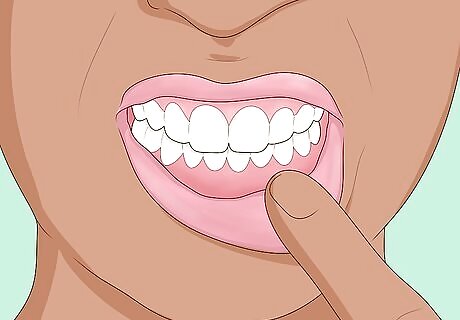
Your gums should be pink. Healthy gums feel very firm, and hold your teeth in place without receding. If your gums look pale or have white patches, take a closer look so you can get any potential issues diagnosed, treated, and resolved.
What do white gums mean?
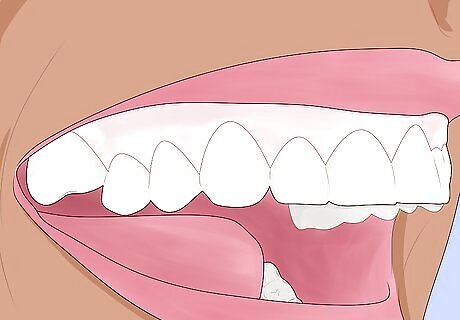
Oral candidiasis might be the cause. Also known as oral thrush, this fungal infection creates white spots along the inside of your mouth, including your gums, inner cheeks, tongue, and tonsils. Oral thrush is most common in older adults, babies, and immunocompromised people. Oral thrush can also spread to the roof of your mouth or your throat.
How do I treat oral candidiasis?

Ask a doctor or dentist for a prescription. Once a medical professional confirms that you have oral thrush, you’ll receive some type of antifungal medication, like a lozenge, liquid, or candy. Take this medication for as long as your doctor suggests, so the infection clears up. If you’re currently nursing a baby with oral thrush, your child might give the infection to you. A low dose of antifungal medicine for your baby and an antifungal cream for your skin should clear this up.
What are some other causes of white gums?

You might have leukoplakia. Leukoplakia is caused by extra cell growth in your mouth, which creates distinct, whitish patches along your gums, tongue, or insides of your cheeks. This condition is pretty common if you use tobacco products, or if you wear dentures that don’t fit correctly. Long-term drinking can also lead to leukoplakia. Always ask a dentist to check out the white patch before self-diagnosing. If your dentist thinks the leukoplakia is serious, they might suggest getting a biopsy.
What should I do if I have leukoplakia?
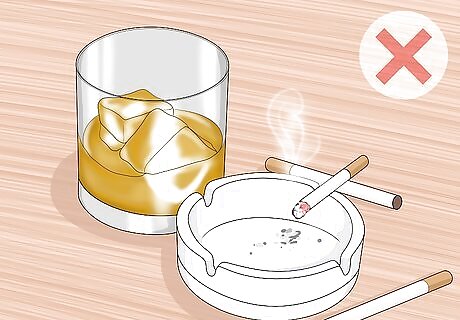
Try making some lifestyle changes. Tobacco and alcohol are 2 big causes of leukoplakia. If you cut back on these habits, your leukoplakia will probably go away on its own.

Ask your doctor if you should be tested for oral cancer. Your doctor might take a biopsy of your leukoplakia to test for cancer. If the patch is small, your doctor might remove all the leukoplakia with the biopsy. However, if you’re dealing with a large patch, your doctor might refer you to an ear, nose, and throat specialist.
Why do my gums look so pale?

Anemia can make your gums pale. When you have anemia, your body isn’t creating enough healthy red blood cells to carry oxygen to the rest of your body. When your gums don’t get enough oxygen, they might look pale or white. If you’re anemic, you may notice other symptoms, like tiredness, pale skin, swollen feet and hands, shortness of breath, dizzy spells, and more.
How do I recover from anemia?
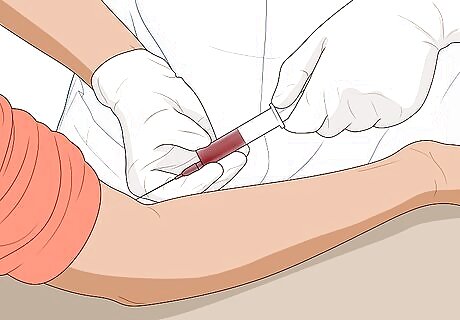
Create a treatment plan with your doctor. Anemia can be caused by a lot of different deficiencies—to make a more accurate treatment plan, get a blood test. Your doctor can let you know what nutrients you need more of, like iron, vitamin B12, or folate. As you adjust your diet, you might notice your pale gums going away. You might take certain supplements to make up for your nutrient deficiency, or your doctor might recommend a transfusion.
Can white gums be a sign of cancer?
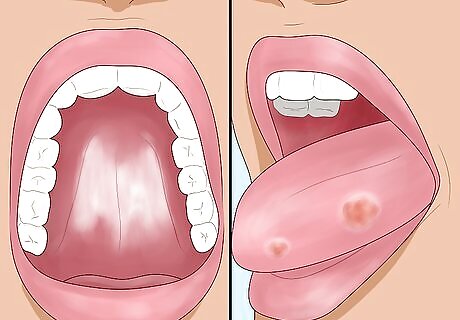
Yes, they can be. White patches in your mouth, along with other symptoms, like mouth pain, issues swallowing, unexplained lumps, loose teeth, and sores that don’t heal, can be a red flag for oral cancer. If you notice any of these warning signs, don’t self-diagnose; instead, visit your doctor or dentist to get their professional opinion.
How do I know if I have oral cancer?
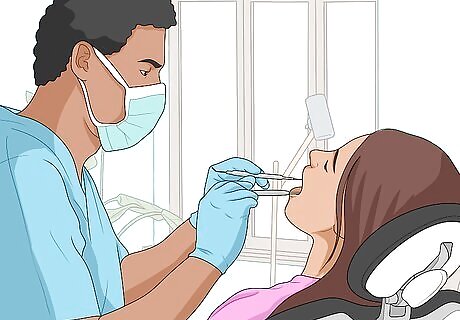
Ask your doctor to take a look at your gums. There are a lot of different symptoms connected with oral cancer, like white patches inside your mouth, loose teeth, persistent sores, and difficulty swallowing. It can be really scary if you notice any of these; however, try not to jump to any conclusions. Instead, schedule an appointment with your doctor so you can get their professional opinion. Then, you can go from there.
What if I have white painful spots on my gums?

It might be a canker sore. These sores are small and pop up around the inside of your mouth. Typically, canker sores look white or gray and are red around the outer border. Experts aren’t completely sure what causes them, but these sores aren’t a serious medical concern.
How do I treat a canker sore?

These sores heal on their own, but over-the-counter treatments can help. Your sore should go away naturally within 1-2 weeks, but you may experience some pain or discomfort in the meantime. Treat the sore with a topical, over-the-counter numbing cream, or rinse out your mouth with an antimicrobial mouthwash. Don’t eat any spicy, acidic, or hot foods while your sore heals—these can make the pain and discomfort a lot worse.
Can white gums go away?

They definitely can, as long as you know what’s causing them. A wide variety of conditions can lead to white gums—some serious, some completely mild. First, pinpoint the cause of your white gums with a dentist or doctor. Then, you can develop an effective treatment plan.




















Comments
0 comment